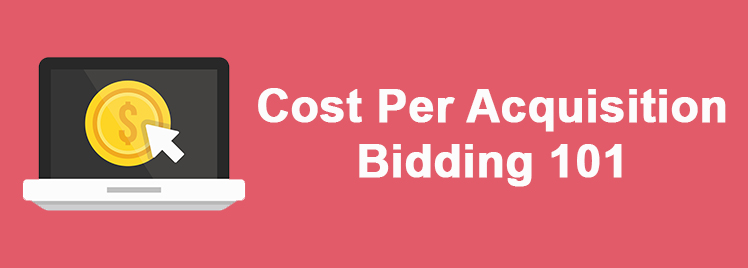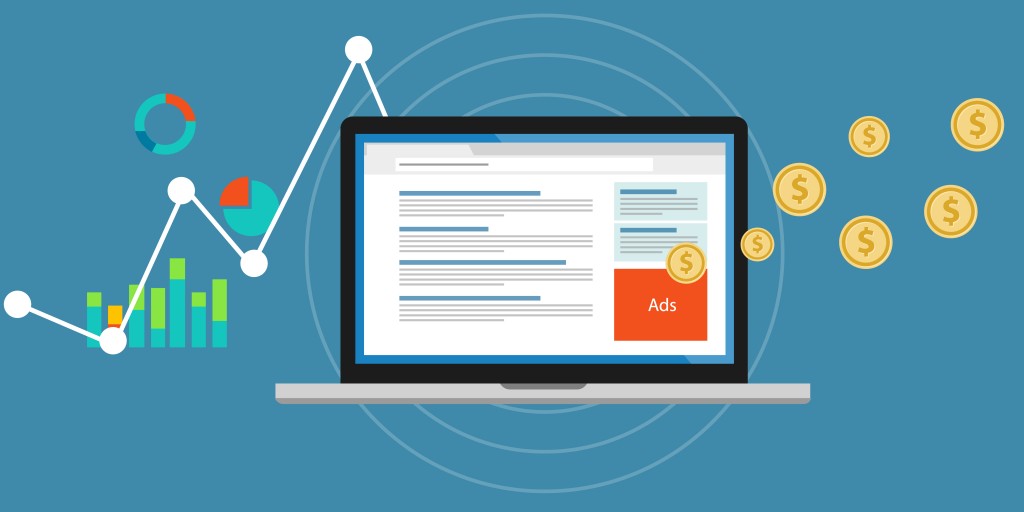-
Traffic
Get More Traffic
SponsoredLinX offers a number of different services to help drive more qualified traffic to your website. Google Ads Management Search Engine Optimisation Microsoft Ads Facebook Advertising Google Ads Mobile“SponsoredLinX are a rarity in today’s market place, they promise a lot but deliver more. Our business has grown by over 400% in one month; we are amazed at the difference they have made.”
-
Conversion
Convert More Leads
Our second step is making sure that your website is able to convert the traffic you receive into leads for your business. Optimising your website to convert more leads is important to a profitable campaign. Web Development Convertopages Do It For Me eCommerce“I just want to say thank you! The changes that you have applied in our AdWords campaign have definitely seen an improvement on click quality and sales for HippityHop.”
-
Retention
Retain Your Customers
As you build up a customer base you need to make sure to keep engaged and retain your relationship. Facebook Management LinX App“SponsoredLinX fully redesigned our main company website with a fresh, clean and professional look. The ‘Google friendly’ web design were part of the fantastic ongoing service we received.”

Cost Per Acquisition Bidding 101
Conversion Optimiser (or CPA or Cost Per Acquisition bidding) is a bidding tool which lets Google AdWords use your historical conversion data to determine when to bid, how much to bid and what to bid on in order to secure you conversions at the best possible acquisition cost. Put simply, it takes your campaigns conversion data, analyses it and bids on your behalf based on bringing in conversions at the best possible price for you.
So how do we set this up…
Here is the catch; Google requires a decent level of conversion data coming through the account before it will let you kick this off. To set up CPA bidding your account has to have received 15 conversions over a 30 day period. Without this data Google will not allow you to set up this bidding strategy as it does not have enough conversion information in the system to optimise with. Without the equivalent of a conversion every other day Google can’t make good bidding decisions within the campaign and CPA won’t be effective.
There are two types of bidding…
Maximum CPA Bidding – This is an option which allows you to set the maximum dollar value you’re willing to pay to receive a conversion. It’s similar to the maximum cost per click bidding in the sense that your maximum CPA bid will probably be lower than the actual bid you set.
Target CPA Bidding – Target CPA bidding allows you to tell Google what you’d be willing to pay for a conversion and then targets that number. It’s good if you have a particular figure in mind.
Whichever bidding strategy you choose, AdWords will automatically set a recommended bid based on your historical data. This is a starting point and as AdWords gets more data to work with you will probably find that the figure begins to even out and drop to a more reasonable level.
So how does it actually work?
Conversion Optimiser looks at all conversions both AdWords and/or Imported goals through Google Analytics which weighs recent data more heavily. It looks at trends in your conversion data for you and makes decisions about:
- What to bid
- What position to put your ads in
- What time of day to show your ad
- Which ad to show and more…
AdWords looks at your previous conversion data and makes dynamic decisions on a search by search basis in order to show the right ad in the right position to bring you the best possible results in the long run.
How to use it effectively…
- Start with a bidding strategy that is familiar to you and is aligned with your marketing goals.
- If you want to increase traffic and conversions, increase your CPA bids. If you want to lower your costs, drop your CPA Bids (being aware that in dropping bids, traffic will likely drop as well).
- Make small changes less often. Google needs uninterrupted data to get CPA bidding to work. As a result if you make big changes often you disrupt the historical averages and make it harder for the CPA model to work for you.
- Keep your conversion data accurate. This method only works when the conversion data is accurate, so make sure the conversion tracking code is in the correct place of your website. If it’s tracking something completely irrelevant then CPA bidding will bid to ensure this keeps triggering.
There are many tips to making this work well for you however in my opinion, the best way to learn it is to try it. If you have a campaign set-up with your Client Manager here at SponsoredLinX, which is eligible and is focused on generating leads, I would recommend setting it up and letting it run for a few weeks to measure the results. The beauty of this is that if you decide it isn’t for your campaign, you can get your Client Manager to switch it off and it reverts back to your previous Cost Per Click (CPC) bidding strategy. Talk with us at SponsoredLinX on 0800 480 078 if you’re interested in learning more and how we can take your Google AdWords campaign to the next level!


